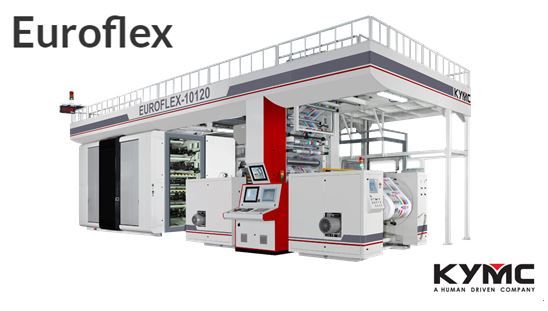Understanding the available technologies in fluid power is imperative in order to design the most efficient, cost effective, and energy saving system. Traditional hydraulic equipment designs used directional control valves almost exclusively.
These directional valves are sometimes referred to as either “switching” or “bang-bang” valves and can be used to control flow direction, flow volume and fluid pressure. These valves can be operated by either AC or DC power.
Directional Control Valves
Directional control valves have been commonly referred to as switching valves because they simply direct or “switch” fluid passing through the valve from the source of flow to one of a selection of available cylinder ports. The flow control variety of valve generally selects an orifice which only allows a specified volume of flow to pass. The specified volume controls the speed of a cylinder or hydraulic motor. Likewise, the pressure control type is used to select a particular pressure setting.
Changing direction, flow or pressure during machine operation with these valves would require a separate individual valve for each direction, flow or pressure desired. The hydraulic circuit would become quite complex very quickly!
Proportional Valves
The technological solution to these more complex circuits has been the development of proportional valves. These revolutionary valves allow infinite positioning of spools, thus providing infinitely adjustable flow volumes. Either stroke-controlled or force-controlled solenoids are used to achieve the infinite positioning of spools.
This variable positioning allows spools to be designed with metering notches to provide flow/speed control as well as directional control functions all in one valve, instead of requiring separate valves for direction and speed. The other major benefit is when the circuit requires more than one speed. The various speeds are achieved by changing the electrical signal level to deliver the flow/speed required. No additional hydraulic components are required! These proportional directional valves are controlled by DC power.
The proportional controls, used with their associated electronic controls, also add the desirable features of acceleration and deceleration. This offers a variety of machine cycles, safely operated at greater speeds, yet with controlled start and stop characteristics. Regulated acceleration and deceleration result in improved machine overall cycle times and production rates.
Servo Valves
The third type of hydraulic directional control technology is the servo valve. Servo valves are not a new technology as servo valves were first used in the 1940s. Servo valves operate with very high accuracy, very high repeatability, very low hysteresis, and very high frequency response. Servo valves are used in conjunction with more sophisticated electronics and closed loop systems. As a result, servo valves are always much more expensive. A proportional control valve system can be used to improve control of most machines without the high price tag of servo control systems.
If you need more information of directional control valves or other hydraulic control valves, I recommend you to visit Propiston Hydraulics Co., Ltd. – they are the professional manufacturer of piston pumps and flow control valves. To get more details, welcome to check out their website and feel free to contact with Propiston Hydraulics!
Article Source: https://www.qualityhydraulics.com/blog/what-proportional-valve/


